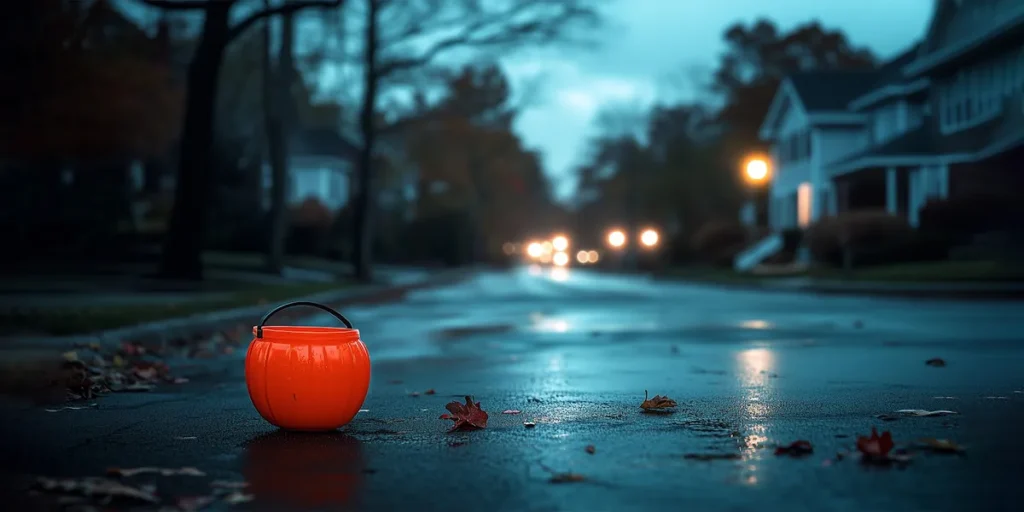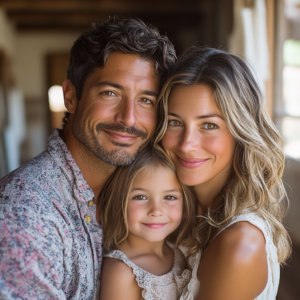
The day before Halloween, Margaret anticipated a peaceful day, windows shut and curtains drawn. To her, Halloween was nonsense—a foolish holiday she disdained. Children in costumes were an eyesore, and she wanted no part in the chaos.
Each year, local kids learned that Margaret’s house was not a place for trick-or-treating. Fewer children showed up, knowing she offered only scolding, not treats.
Her plans changed when the phone rang. It was her daughter, Camilla, asking if Margaret could watch her grandson, Elliot, while she attended an important job interview. Though hesitant, she agreed.
When Camilla and Elliot arrived, Elliot looked around and asked, “Grandma, where are your Halloween decorations?”
“I don’t celebrate that holiday,” Margaret replied.
Elliot frowned. “Why not? Halloween is fun!”
“Because it’s foolish and vulgar,” Margaret said, her tone dismissive.
Camilla intervened, gently explaining, “It means a lot to Elliot. He loved trick-or-treating with Jake. I want to keep that tradition alive for him.”
Margaret hesitated, memories of her estranged relationship with Camilla surfacing. She had been a strict, busy mother, and their connection suffered. Realizing the importance of this moment, she reluctantly agreed.

“Fine. He can go trick-or-treating,” she said.
“You’ll have to go with him,” Camilla insisted.
Margaret felt annoyed but complied. After Camilla left, Elliot asked, “When are we going trick-or-treating?”
“We’re not going,” Margaret said sharply.
Elliot’s face fell. “But Mom said you promised!”
“Your mom doesn’t understand anything,” Margaret retorted.
“I’ll tell her you lied!” he shouted.
“If you do, young man, we’ll have a different conversation,” Margaret warned.
“Why are you so mean?” he cried, then stormed off.
A while later, Margaret noticed the silence. “Elliot?” she called, but there was no answer. Panic rose as she searched the house and realized he was gone.
His shoes were missing. “That little rascal!” she muttered. She rushed outside, anxious to find him.
After asking neighbors if they’d seen him, her heart sank. Then she spotted an old, abandoned house. Maybe he had gone inside.
As she entered, she heard muffled cries. “Let me go! Please!” It was Elliot’s voice.
Margaret rushed upstairs to find him surrounded by teenagers demanding candy. “We warned you what would happen if you didn’t get enough!” one boy sneered.
Margaret grabbed an old broom, stormed in, and waved it at the teenagers, who fled in panic.
“Elliot! It’s me, Grandma!” she called as he tried to run away.
“Grandma?” he blinked through tears.
Relieved, she pulled off her hood. “Let’s go home,” she said.
Once home, Margaret realized Halloween wasn’t just about costumes; it was about memories shared with Jake. She felt guilt for not understanding sooner.
Determined to make amends, she bought candy and hid it around the house for Elliot to find. His joy warmed her heart.
When Camilla came to pick him up, Elliot excitedly shared what happened, praising Grandma’s bravery. Camilla, initially furious, listened as Elliot recounted the adventure.
Days later, Camilla knocked on Margaret’s door. “I’m glad you came. I want to apologize,” Margaret said. “I should have taken Elliot trick-or-treating.”
Camilla admitted, “Elliot said you hid candy for him. Maybe you have changed.”
“I want to make things right now,” Margaret replied, guilt weighing on her.
“Elliot has been asking to play with you again. Want to join us at the park?” Camilla offered.
“Yes, I’d love to,” Margaret said, stepping outside with them.
From that day forward, Halloween transformed into a cherished tradition for Margaret and Elliot, filled with joy and connection.





